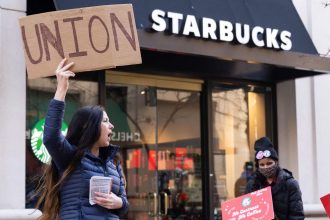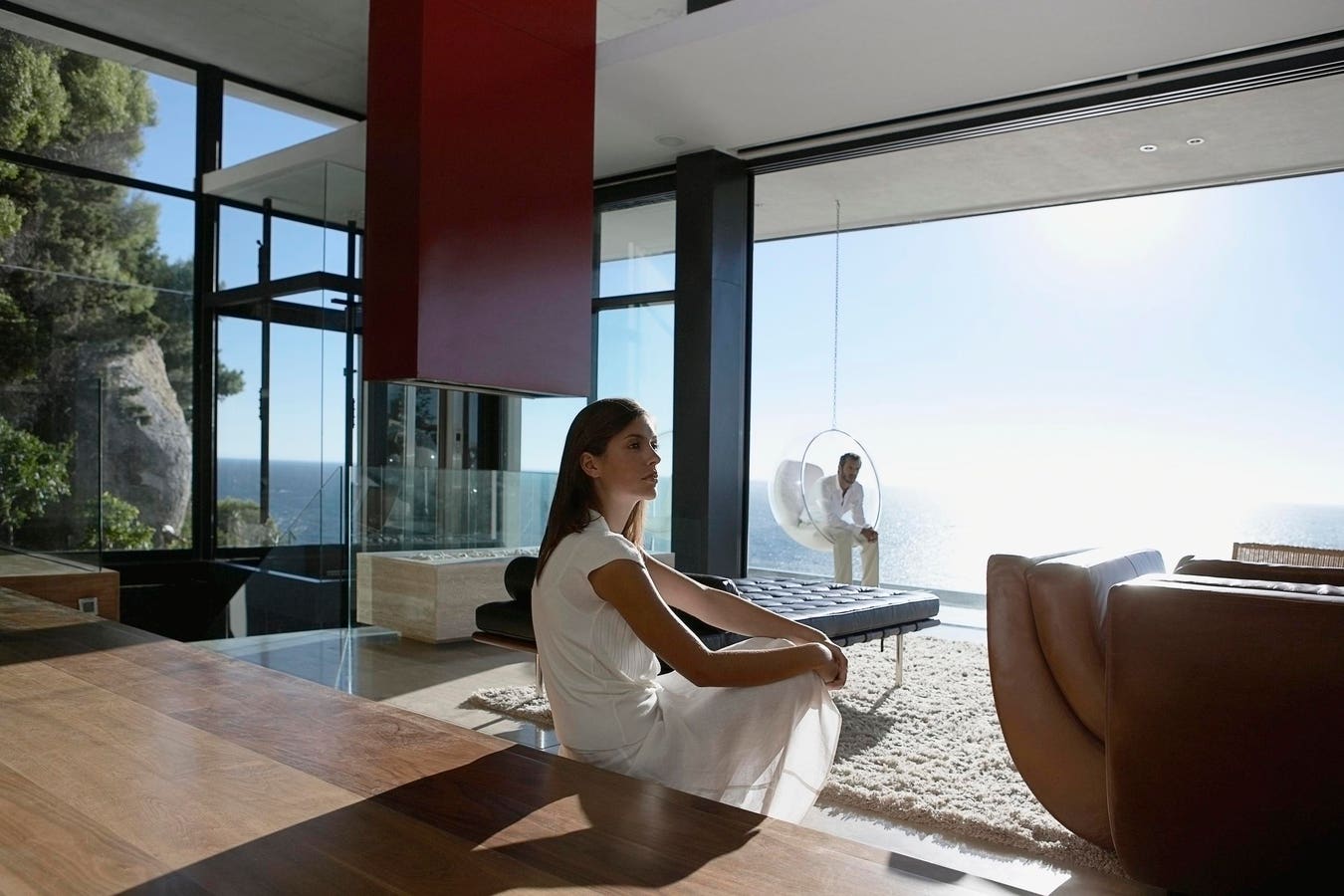Thomas Serrano is the Founder and CEO of Exclamation Group.
The quiet luxury trend refers to a shift toward a more exclusive, intimate and personalized experience with less visible branding. Whether consumers know it as “minimalism,” “stealth wealth” or simply “understated,” the concept has endured for generations.
An article in Who What Wear describes how “wealth has decided to lower itself into a whisper.” We’ve seen it in everything from runway shows to celebrity weddings (think Sophia Richie), and the term has been so overused and co-opted that it’s hard to not have some understanding of it no matter what industry you work in.
I’ve written before how quiet luxury is one of the trends to focus on in 2023, but here I would like to expand on it and show how those in the industry can utilize it to exude confidence and attract Gen Z clientele. If you are working in luxury, this article should help you make the right choice and be more relevant when it comes to marketing and positioning your brand.
Exuding Confidence
For me, when I implement the concept in events for luxury brands, the primary goal is to showcase a brand’s confidence by eliminating excessive branding and trusting that its inherent DNA will shine through. There is no need to state the obvious. If it is for an event, then guests receive an invite and they know who the host is.
By not flashing their logo at the attendees, the host is demonstrating a level of mutual trust and respect with the guests to understand the heritage and prestige; it’s implied. Alternatively, when a brand leans too much into its branding at an event, it can come across as transactional and gauche.
Background Of Quiet Luxury
While this trend has saturated the fashion and luxury world, this is by no means the first time that it has been popular. Reliably, it follows a predictable ebb and flow pattern that is directly tied to the fluctuating economy. Predictably, when quiet luxury comes back into style, it is almost always connected to a financial crisis.
During what is referred to as the Global Financial Crisis (from 2007-2008), quiet luxury came to the center of the fashion scene. At the top of this movement was Céline and creative director Phoebe Philo who brought back luxury as an equivalent of sensibility and created a fit for every day that was affordable and appealing to the masses. Outside of just the fashion world, hard luxury also has seen steady use of quiet luxury items.
Current Trends In Quiet Luxury
Therefore, it is no surprise that a major reason that quiet luxury has come back with such strength in recent years is the global pandemic, which caused financial insecurity with consumers for years. By the end of 2023, this economic cost of the pandemic is expected to reach $14 trillion, and its catastrophic effects are likely to widen the income inequality gap in the U.S., according to the Bureau of Labor Statistics. According to the Financial Times, in China in particular, quiet luxury is also getting a “fresh spin” in the aftermath of the pandemic.
There are many possible explanations for this surge during financial crises that we can explore, but one reason is that during a time of economic instability, flaunting expensive logos may be considered insensitive. It also may be more harmful to the brand image because it represents excess wealth to some consumers who may be struggling.
During the 2008 financial crisis, I witnessed Hermès using simple, unmarked bags in their stores rather than the iconic, burnt orange bags synonymous with the brand. This could be seen as an attempt to help their customers not draw attention and ire from people on the street who might judge a luxury purchase during such a turbulent financial period.
Pop Culture’s Influence
Besides the current economic state, pop culture has also had a significant impact on bringing this trend out of high luxury and into the mainstream. From the wildly popular television show Succession, which People Magazine described as “perfecting the art of quiet luxury,” to viral TikTok trends, it is no surprise that quiet luxury is back among the masses. When implemented correctly, quiet luxury can showcase the wearer’s confidence. They aren’t looking for validation from other people because they know what they are wearing is a luxury. In particular, it is very appealing to a new, younger audience.
Labeled by media outlets as “Gen Z’s latest trend,” I see luxury brands continuing to take advantage of this movement’s hold on today’s newest mass consumers. In fact, a survey commissioned by Rakuten and Vogue Business found that Gen Z is buying into the luxury market at a three times higher rate than previous generations. Perhaps, if Gen Z says so, this time quiet luxury might be here to stay.
Forbes Business Council is the foremost growth and networking organization for business owners and leaders. Do I qualify?
Read the full article here





